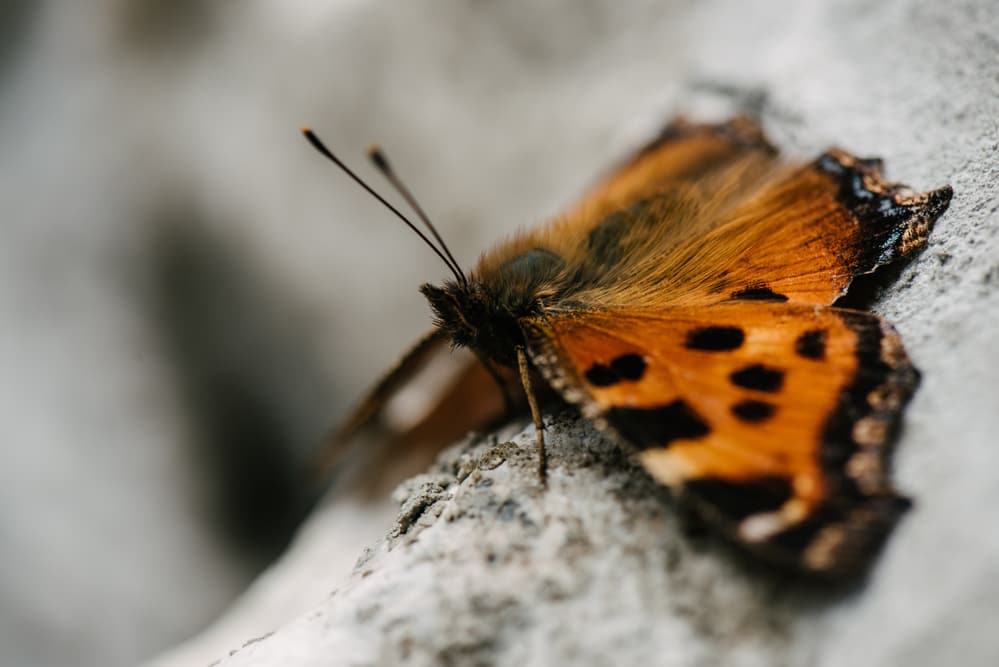
Tree service experts of British Columbia discuss how native flora attracts native fauna.
These Trees Will Bring Wild Visitors To Your Yard
While many plants may grow in a Vancouver garden, not all plants are beneficial to local wildlife. In order to provide sanctuary for local bees, butterflies, and birds, it is best to use native plants. The local plants and animals have evolved together and have an interdependent relationship that humans can help facilitate. This article will outline a few of the native trees that not only complement a yard but also give wildlife a place to rest and nourish themselves.
The Bitter Cherry
The bitter cherry is a smaller deciduous tree that tends to grow in a rounded shape and rarely grows above 25 feet tall. Though its very small greenish white flowery are unobtrusive, they have a pleasant almond smell and attract large numbers of butterflies. It is known to be a frequent nursery tree for both butterfly and moth larvae. Its bright red fruit, while unappetizing to humans, is loved by birds, particularly the cedar waxwing.
- Sun Preferences: The bitter cherry prefers full sun to partial sun
- Soil Preferences: It is drought tolerant and does well in dry to moist soil.
- Similarly-Sized Native Trees: These native small trees and bushes provide similar nourishment and habitats for wildlife: Cascara, dogwood, red elderberry, evergreen huckleberry, Indian plum (osoberry), salmonberry, and vine maple.
The Douglas-fir
Though the Douglas-fir is not actually a fir tree, it is an evergreen conifer and adds a great deal of beauty to any yard. They are often harvested for wood and can grow quite tall. They grow in an attractive pyramidal shape and are favored as Christmas trees. Their branches provide great shelter and nesting for many birds and the seeds from their cones are a year-round food source for birds and small mammals like squirrels.
- Sun Preferences: The Douglas-fir needs full sun to thrive, which is expected of a tall overstory tree.
- Soil Preferences: This tree doesn’t mind slightly dry soil, though it does well with moist, well-drained soils.
- Similarly-Sized Native Trees: Though rarely bested in height, the Douglas-fir serves similar animal populations as the western hemlock and the grand fir.
Western Red Cedar
The western red cedar is the provincial tree of British Columbia. This evergreen conifer can reach a massive 60 m in height. Long-lived and prized for its decay-resistant wood, the western red cedar also provides year-round nourishment for various birds (like the pine siskin) and mammals(including rodents and larger animals like deer and elk). Spotted owls and Vaux swifts often use these trees for nesting. It is often used for hedges due to its dense foliage and long life.
- Sun Preferences: This native tree is highly adaptable and can function well from full sun to shade.
- Soil Preferences: The western redcedar prefers wet or moist soil.
- Similarly-Sized Native Trees: Though very few things grow as tall as the western redcedar, there are trees that provide similar habitats for wildlife, such as the shore pine, bigleaf maple, and the grand fir.
About VI Tree Service
Since 1990, VI Tree Service has been providing excellent tree health care and tree removal services to Vancouver and the surrounding areas. We offer excellent customer care along with 24-hour emergency response. Call us today for a free estimate.

